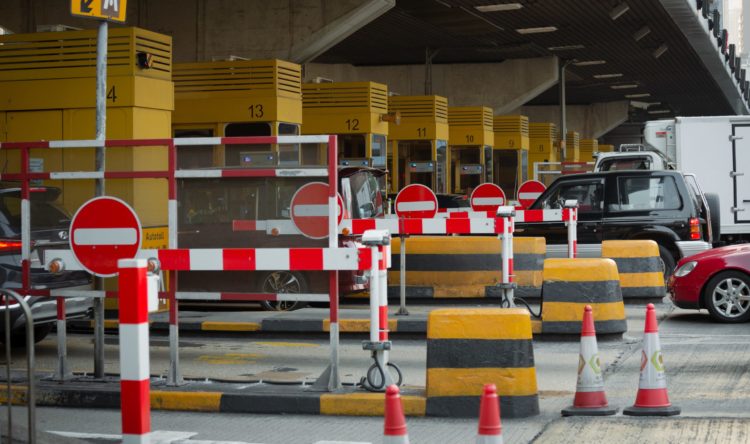Highway ignorance
Drivers generally unaware of rule changes introduced two years ago
It’s nearly two years since the Highway Code went through significant changes to better protect vulnerable road users.
A ‘hierarchy of road users’ was introduced, prioritising those most at risk on our roads. Prior to this, all road users were on an equal footing and equally responsible for their own safety and the safety of other road users.
Now, it is up to drivers to be more aware. A new hierarchy was created, with pedestrians at the top, followed by Cyclists, Horse riders, Motorcyclists, Cars and taxis,Vans and minibuses, and finally HGVs.
Seasonal dangers
With Christmas not just around the corner, but here in full force, roads and pavements are becoming busier and others’ actions more erratic.
The festive period is well known to induce higher stress levels, with a sense of time running out. Presents buying, parties, preparations for the holiday, it all means people are distracted and act in unexpected ways.
As drivers we need to be even more aware, anticipating the unexpected and driving defensively.
We also need to know the rules, regulations and laws of the roads as this directly affects our responsibilities behind the wheel.
Ignorance no excuse
A new study by Vertu Motors found that only 50% of drivers correctly know pedestrian priority rules, with 15% also readily admitting to breaking them.
What’s more, 52% of Brits have not updated their knowledge of the Highway Code in the last two years, if ever. I think many road safety professionals would argue that this figure itself is highly conservative.
Apart from learner drivers and their driver trainers, most drivers are unlikely to have really checked and updated the Highway Code knowledge.
Yet the changes made two years ago dramatically changed the approach drivers should have to other road users. Perhaps most obviously, the changes to priority when turning left. This gives pedestrians and cyclists the right of way to cross the road and turning vehicles must give way.
Many concerns were raised at the time about the potential pitfalls of such a change, and with the latest poll revealing a lack of knowledge of the changes, it directly puts vulnerable road users and risk through driver ignorance.
Worrying behind the wheel
“Concerningly, our study found that 27% of British drivers have never updated their knowledge of the Highway Code,” stets the authors of the study. “Not only is the Highway Code essential for road safety, but drivers can also face serious consequences if they don’t follow it.
“Failure to adhere to the code could lead to fines, points, and disqualification under the careless driving section of the law, with the more severe punishments being nine points on their licence and a £5,000 fine.
“As a general rule, road users should brush up on their knowledge of the Highway Code as often as they can. They can do this by setting calendar reminders every six months to retest their knowledge.
“Being aware of your responsibilities on the road when it comes to right of way rules is vital. The rules are in place to protect the most vulnerable, so following them will not only make your journeys more efficient but will also help to keep you safe.”
Three important rules
The report by Vertu Motors shares right of way guidance for three key scenarios.
Right of way for pedestrians crossing
Following the 2022 Highway Code changes, the hierarchy of road users was established and pedestrians priority rules changed in certain situations -this includes when crossing at a junction.
If a pedestrian is preparing to cross or is in the process of crossing a road, which drivers are approaching, it is the pedestrian who has priority.
This means drivers now need to be even more attentive with their checks when turning at junctions to ensure no pedestrians are preparing to cross.
Right of way for cyclists
The latest Highway Code update saw the law change in a similar way for cyclists.
The hierarchy of road users, aiming to protect those most at risk, means that when turning either way at a junction, cyclists have the priority.
So, drivers need to be prepared to let a cyclist coming from behind pass through if they are planning to turn right or left in front of them.
However, cyclists are not the most vulnerable of road users, and when they are turning, they should be prepared to give way to pedestrians crossing or waiting to cross. This even includes pedestrians crossing cycle lanes.
Right of way at roundabouts
Whether you’ve been on the road for 30 years, or have just begun learning, roundabouts are often a daunting part of driving.
The right of way law for roundabouts is that you should give way to the right when approaching unless signs instruct otherwise. When you have reached the roundabout, vehicles already on the roundabout have the right of way over others.
When it comes to right of way laws, it’s important that road users are prepared for every situation and don’t only expect to give way at zebra crossings.






